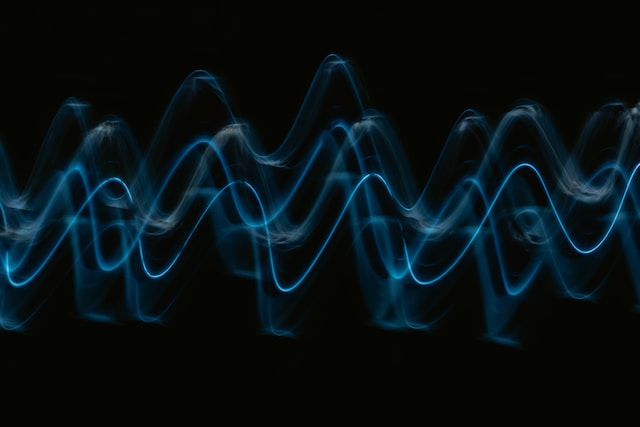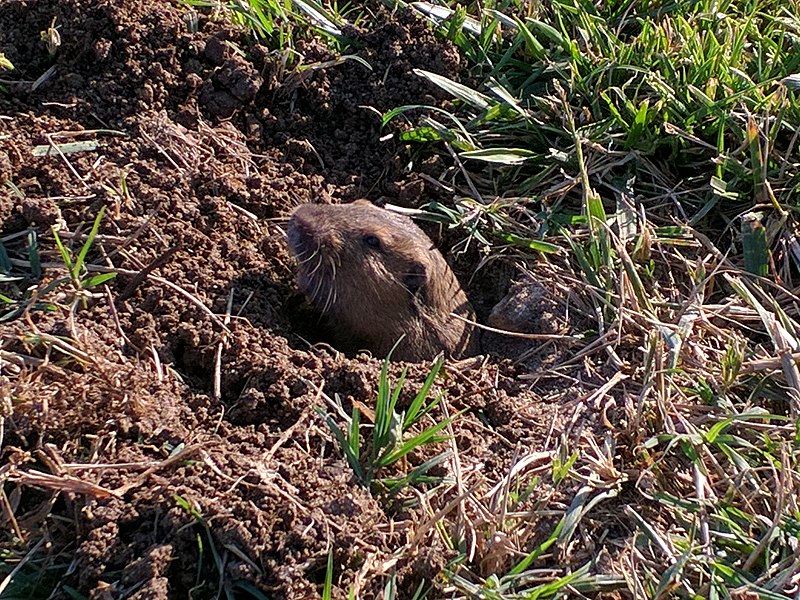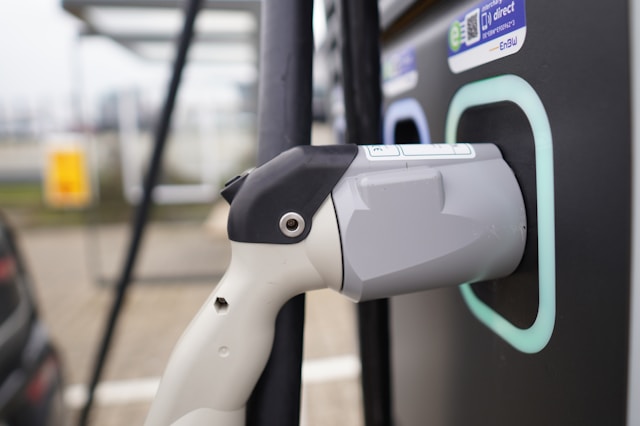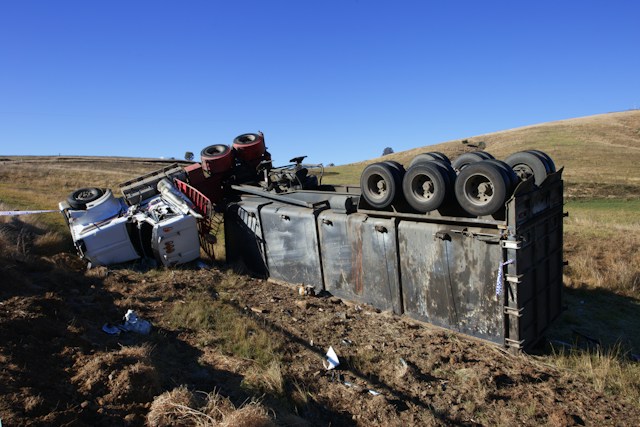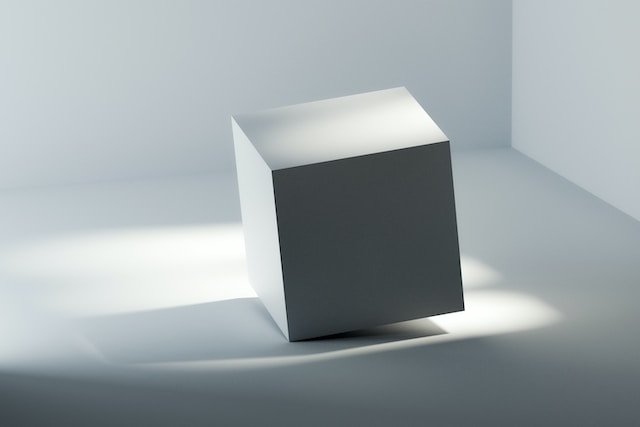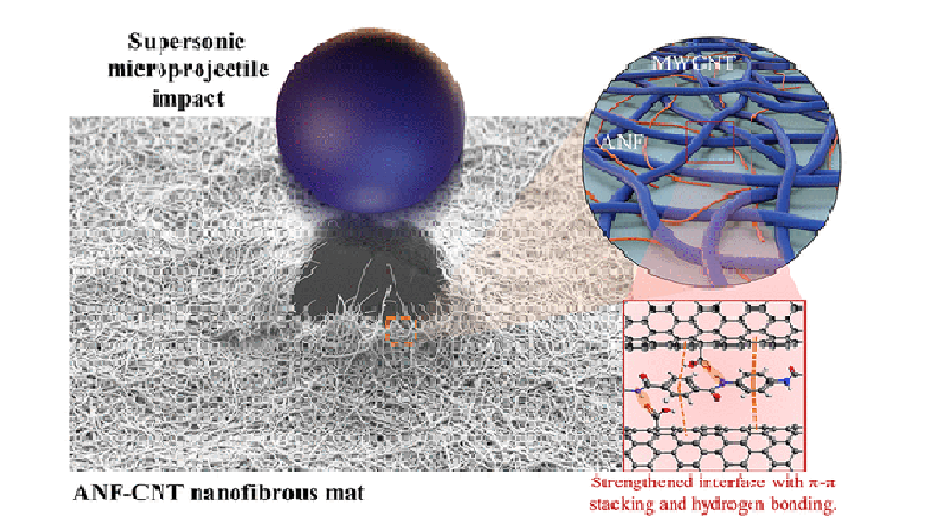A team at the Swiss Federal Institute of Technology in Lausanne (EPFL), developed a technique that utilizes a thin plasma layer, created through air ionization, which can enable noise reduction. The application possibilities can have a wide range, including the industry sector, e.g., the automotive industry. The research paper is published in Nature Communications.
Although the concept of plasma loudspeakers is not new, scientists created the active plasmacoustic metalayer, which enables controlled noise cancellation. Plasma is used to replace the membrane of conventional loudspeakers for active noise reduction, as the membrane poses a limit to the frequency range. According to scientists, the plasma is effective at high frequencies and is also able to work at low frequencies.
As said by the postdoc researcher in EPFL’s Acoustic Group, and first author of the published paper, Stanislav Sergeev, “We wanted to reduce the effect of the membrane as much as possible, since it’s heavy. But what can be as light as air? The air itself,”, adding that “We first ionize the thin layer of air between the electrodes that we call a plasmacoustic metalayer. The same air particles, now electrically charged, can instantaneously respond to external electrical field commands and effectively interact with sound vibrations in the air around the device to cancel them out. As expected, the communication between the electrical control system of the plasma and the acoustic environment is much faster than with a membrane.”
The EPFL is in partnership with the Swiss-based audio technology company Sonexos SA for developing active sound absorbers using this new concept. As said by the CEO and founder of Sonexos, Mark Donaldson, “This strategic collaboration leverages EPFL’s expertise in material science and acoustics, as well as Sonexos’ proven track record in delivering high-performance audio solutions,” Additional information can be found in the paper “Ultrabroadband sound control with deep-subwavelength plasmacoustic metalayers” by Stanislav Sergeev et al. from May 2023.

